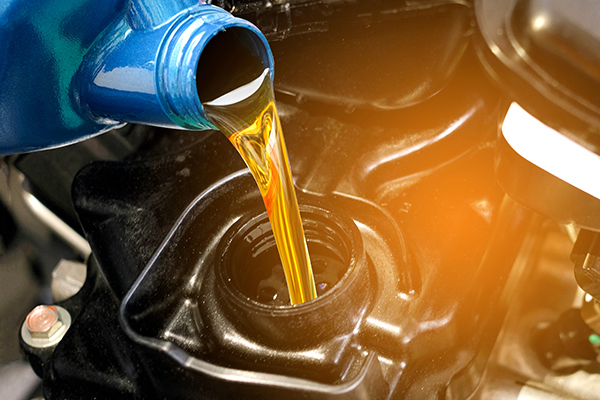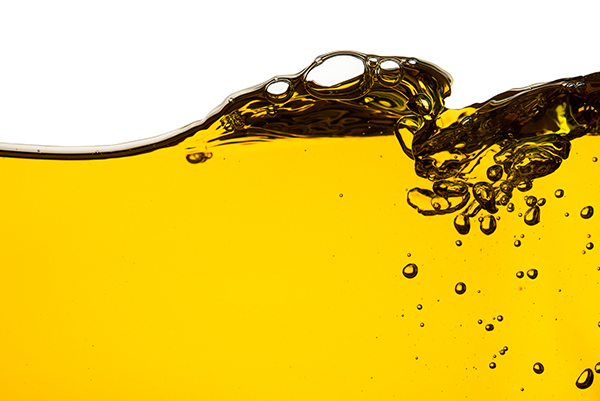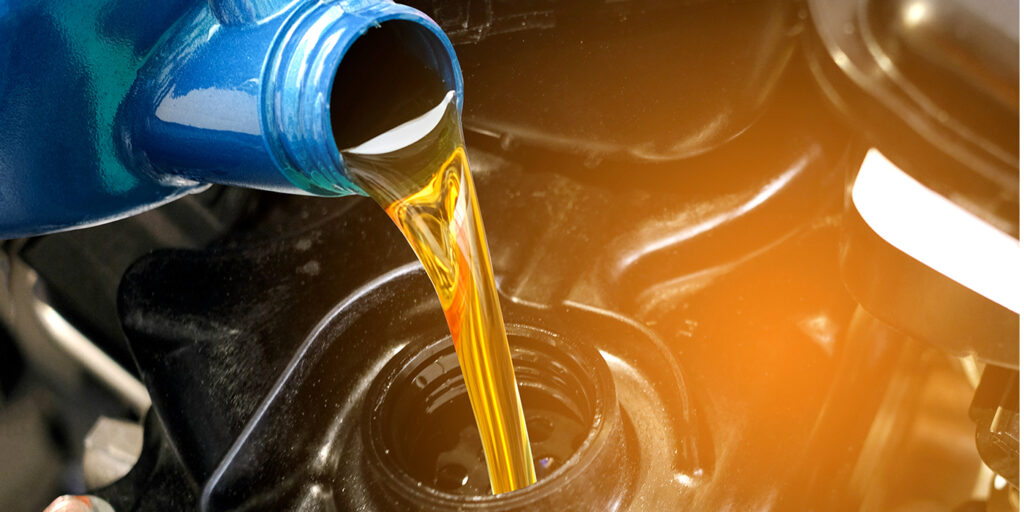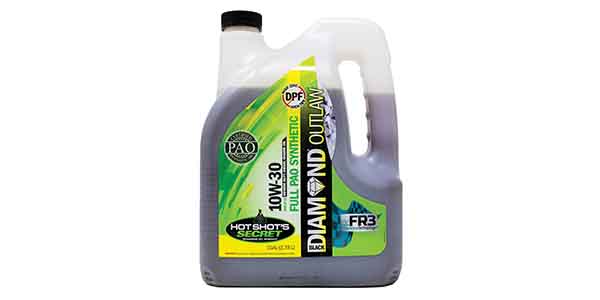The more I learn, the less I know. That’s what I recently realized about engine oil. Engine oil is complicated, involving chemistry that goes way beyond what my gray matter is willing to grasp. But I also learned there’s an easy way to understand it, without a Bunsen burner and flask.
Engine oil is built, literally from the ground up, originating from crude oil and going through many different levels of the refining process. From that point on, it can go many different di-rections from basic conventional oil to performance oil that is designed and formulated for specific uses.
In the fast-moving world of import performance, many different forms of racing put high demands on engine oil, and choosing the correct oil is one of the most critical decisions to be made.
“Modified, high-performance import engines often producing 1,000 horsepower or more are utilized in the realms of drag racing, drifting and road racing, and they certainly differ from stock engines utilized by the average driver,” says Ken Tyger of PennGrade1. “The differences of these engines place a demand and responsibility on the owner to select the right oil.”
Making that right oil selection isn’t always as easy as it may seem. Multiple viscosities, grades and the choice between conventional and synthetic make it a bit more complex, but Leonard Groom of Amsoil set the record straight.
“Once oil is out of the ground, it’s refined through a chemical process where we take out the bad stuff and keep the good,” Groom says. He went on to explain that they are refined at different levels, with group two and three base oils used for conventional, and group three used for some synthetics. Groups four and five are true synthetic oils.
“Group four, which is your polyalphaolefins (PAOs), and group five, which is your esters, start out as a group three,” Groom says. “Then you take the group three base oil and react it with some type of catalyst and what comes out is a brand-new molecule.”

Groom’s explanation gave me a perfect picture and now it made sense as to why group four and five are true synthetic base oils, but since group three is used for some synthetics, I needed further explanation.
“Group three base oils are highly refined conventional oils,” he says, “but it’s a gray area. Some group three qualifies as synthetic in the U.S. depending on how much refining has been done.”
There’s always something to muddy the waters, right? But all the more reason to know your engine oil and know what is used as the base oil and in the additive packages. I was still thinking about the semi-synthetic options, however, and it turns out this is yet another reason to know your engine oil.
“Nobody dictates what it takes to qualify as a semi synthetic,” says Troy Green of Maxima Racing Oil. “You can be a 90/10 blend and qualify as a semi-synthetic. For our semi synthetics, we do a 50/50 blend of petroleum and synthetic-based oils.”
One thing seemed to continuously lead to another, and most of us have heard that mixing different types of oils is not a good practice. The experts all agreed.
“I would not recommend mixing our oil with another brand, because I don’t know what they are using for base oils and additives, so they may not be compatible,” Green says. “All of our oils are compatible with each other. You can actually blend your own semi synthetic if you want.”
With a clear understanding of semi-synthetic oil, I shifted focus to protection, and you never get too far down this path without four familiar letters coming up – ZDDP (zinc dialkyldithio-phosphate). We are all familiar with the fact that levels of ZDDP have been drastically reduced in recent years so as not to effect emissions. We also hear that these lower levels of ZDDP will wreak havoc on a flat-tappet camshaft, sending many classic car owners scrambling to buy additives to restore these levels, but is that the best direction to go?
“The newer oils today are designed with a different agenda in mind – to protect and extend the life of catalytic convertors,” PennGrade’s Ken Tyger says. “The idea of having less anti-wear ingredients is less appealing regardless of camshaft. The old saying, the higher the rpm and valve spring pressure, the higher the need for anti-wear ingredients still holds true.”
Tyger also pointed out a misconception that roller cams do not need the same amount of anti-wear ingredients. The experts at Penngrade see a lot of needle bearing failures resulting from the lack of ZDDP in certain oils.
Just as it is not recommended to blend different brands of oil, additives may not be compatible with engine oils either.
“ZDDP is often added to new oils, but you have to be careful adding an additive to an already blended lubricant,” Tyger says. “Not only do you disrupt the perfect formulation, but you change the identity of the oil. It’s like having a beautiful puzzle that you put together, then trying to cram in an extra piece. It’s all the more reason to get a product that is self-contained in a bottle. If you have to rely on an additive to change an aspect of your oil’s performance, you are using the wrong oil.”
An oil’s specific anti-wear package shouldn’t cause any issues to other areas of your car, assuming that oil stays inside the engine only.
“Anti-wear additives are not a problem until oil is introduced into the emission system,” Maxima’s Troy Green says. “If the engine is sealed up and as long as we have a healthy engine that is not using oil or burning oil or putting any oil into the emissions system, the likelihood of damaging anything is very small.”
So how do they build engine oil and choose what ultimately goes into a formualtion? I was told there are certain decisions to be made based on application.
“Building engine oil is like building trade-offs,” says Amsoil’s Len Groom. “We build oils that are different for each application or vehicle. One of the things you have to keep in the back of your mind when building any oil is that at the end of the equation you have to be at 100%, and everything fights for metal surface.”
When building any oil, the base oil is about 80% of the content, leaving 20% for the additive package.
“There is only so much room on a surface that fits,” Groom says. “Everything fights for surface. Let’s take racing oil for example. The anti-wear and anti-foam ingredients take precedence over corrosion inhibitors. They are still there, but not like it is for the passenger car level. We sacrifice that to include more anti-wear. You have to compromise with the best ingredients.”
Viscosity is another aspect that is built into the oil, and one of the primary factors that is considered when determining the correct oil for any application.
“When it comes to viscosity, I look at three criteria – the main and rod bearing clearance, the anticipated operating temperature, and the OEM or engine builder recommendation,” Tyger says. “You have to rely on the expertise of the engine builder to get the best idea of what viscosity should be run. You can get into just as many issues running too heavy a viscosity as you can running too light a viscosity.
“Too heavy can lead to increased internal friction, increasing oil and operating temperature, increasing power consumption, and sluggish operation. If it’s too light, you can cause increased leaking, loss of system pressure and increased wear.”

Speaking of viscosity, how a specific viscosity is attained, like all other aspects of an oil, is through chemistry.
“Viscosity is created by the additive package,” Green says. “It is a polymer that actually grows with temperature. There are a couple of ways of doing it. One grows with temperature, the other gets longer with temperature, either way both grow in mass as the temperature elevates. They grow and take up more room in order to maintain viscosity.”
Another major consideration when determining the correct oil for any application is fuel source. Fuel is a major concern due to the potential for fuel dilution, especially when it comes to methanol.
“In drag racing, when we’re looking at a really high-boost situation – 30 lbs. or higher and using methanol – we look at how the oil is going to perform with large amounts of methanol fuel dilution,” Green says. “Our straight weights are tailored toward maintaining their lubricity with large amounts of methanol dilution, so if we’re making 1,500-2,000 horsepower, we really should look at using a lighter, straight weight, like a 40 or 50 weight.”
“Dilution number on alcohol is massive,” Groom says. “In our racing oil, even when diluted it’s going to maintain its viscosity. You see 60-70 weight oils in some methanol applications because you need the backbone of the oil to hold it together. The backbone is the viscosity.”
I mentioned earlier that engine oil is built. Performance oil companies design, formulate, build, and test their oils for specific applications, and they constantly work to improve on the performance characteristics of it.
The flip side is companies who provide oil for mass retailers. It comes down to this: Anyone can buy base oil. Many companies sell pre-made additive packages, advertised for certain applications. As a result, anyone can buy a base oil, mix it with an additive package, slap a pretty label on the bottle and call it performance oil. Did they test it? No. Do they care? No. Are they making money? Yes. It’s the way of the world.
If you’re not using oil from a company that designs and builds their own with proven results, you’ll have no idea how or if the oil will perform. This may seem like an obvious statement, but it’s one that’s always important to reiterate. Too many times, people spend thousands and thousands of dollars on engine work, then decide to get cheap when it’s time to change their oil. It’s a decision that will cost them. EB














